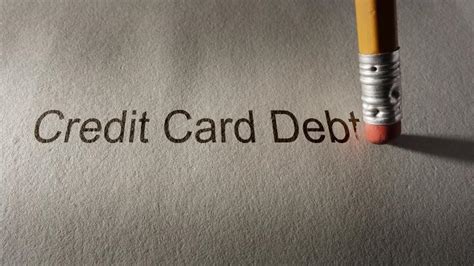Charting Your Financial Course: A Strategic Approach for Men
For many men, the path to financial stability and wealth accumulation can feel like a complex maze. Faced with the choice of tackling existing debt, building a safety net, or growing their wealth through investments, it’s easy to feel overwhelmed. However, a clear, prioritized strategy is essential for making progress and achieving financial freedom.

Step 1: Build a Mini-Emergency Fund
Before aggressively attacking debt or diving into investments, the absolute first step is to establish a small, foundational emergency fund. This isn’t your full 3-6 month fund, but rather a quick buffer. Aim for $1,000 to $2,000 in an easily accessible savings account. This fund serves as a crucial shield against minor unexpected expenses, preventing you from falling further into debt when life inevitably throws a curveball (e.g., car repair, medical co-pay).
Step 2: Tackle High-Interest Debt Aggressively
Once your mini-emergency fund is in place, the next priority is to eradicate high-interest debt. This typically includes credit card balances, payday loans, and some personal loans. The reason is simple: the interest rates on these debts often dwarf any potential returns you might see from investments, essentially guaranteeing a negative return on your money. Paying off a credit card with 18-25% interest is like getting an 18-25% guaranteed, tax-free return on your money – an unbeatable investment.
- Strategy: Consider the “debt snowball” (pay smallest balance first for psychological wins) or the “debt avalanche” (pay highest interest rate first for mathematical efficiency).
- Commitment: Dedicate as much extra cash as possible to these debts, cutting back on non-essential spending until they are gone.

Step 3: Complete Your Full Emergency Fund
With high-interest debt out of the way, it’s time to solidify your financial foundation by completing your full emergency fund. This means saving 3 to 6 months’ worth of essential living expenses (rent/mortgage, utilities, groceries, transportation, insurance) in a separate, easily accessible savings account. For self-employed individuals or those with unstable incomes, even 9-12 months might be prudent.
This robust fund provides true financial security, covering job loss, significant medical emergencies, or other major life disruptions without derailing your financial progress or forcing you back into debt.

Step 4: Strategic Investing for the Future
Once your emergency fund is fully stocked, you’ve earned the right to focus on wealth creation through investments. Now is the time to start seriously contributing to retirement accounts and other investment vehicles.
- Employer-Sponsored Plans: If your company offers a 401(k) or similar plan with a matching contribution, contribute at least enough to get the full match. This is essentially free money and a guaranteed return.
- Roth IRA/Traditional IRA: Consider opening an individual retirement account. Roth IRAs offer tax-free withdrawals in retirement, while Traditional IRAs offer immediate tax deductions.
- Diversified Portfolio: Invest in a diversified portfolio, often through low-cost index funds or ETFs, to spread risk and capture market growth.
- Long-Term Goals: Beyond retirement, consider investing for other long-term goals like a down payment on a house, your children’s education, or early retirement.

The Nuance: Sometimes Concurrent Action is Possible
While the steps above provide a general roadmap, there are nuances. For example, if you have low-interest debt (like a mortgage or student loans with rates below 4-5%), you might consider contributing to your 401(k) up to the employer match concurrently while paying down that debt. The potential returns from investing might outpace the interest cost of such debt.
However, the core principle remains: secure your present with a mini-emergency fund, eliminate high-cost threats (high-interest debt), fortify your safety net (full emergency fund), and then build your future (investments).
Conclusion: Take Control of Your Financial Destiny
Prioritizing your financial goals isn’t about rigid rules; it’s about building a robust foundation that allows you to confidently pursue long-term wealth. By systematically addressing debt, establishing emergency savings, and then strategically investing, men can take decisive steps towards financial security and freedom. Start today, one step at a time, and watch your financial future transform.





